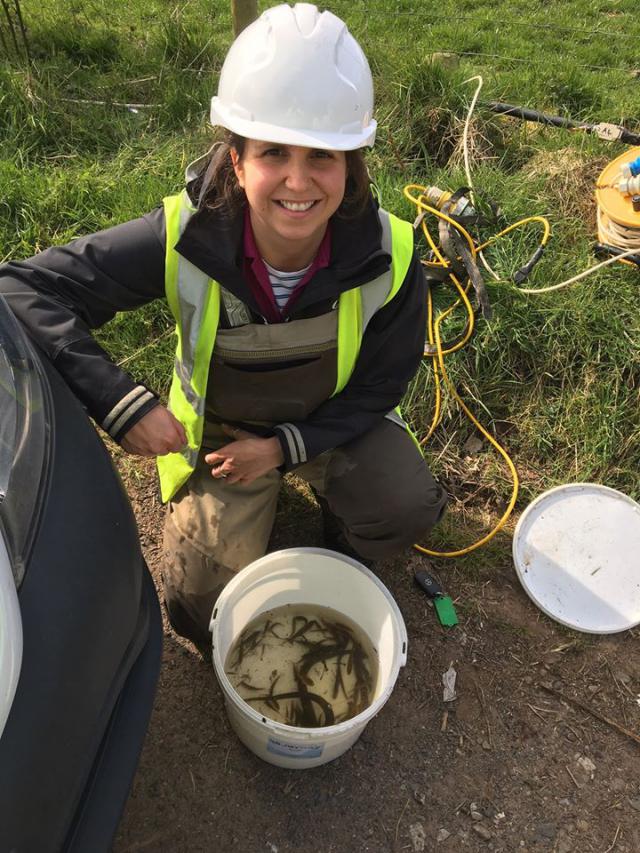Latest News
Celebrating World Ocean Day
To celebrate our river and oceans the GFT team joined other conservation organisations for a World Oceans Day extravaganza held in Port Williams harbour!
Learning on the River Dee with Kells Primary School!
On Friday morning Jess, our Prioritised Salmon Habitat Restoration Officer, was joined along the banks of the River Dee by the enthusiastic pupils of Kells Primary School. This term the pupils of Kells Primary are learning all about Scottish nature.
GFT Training Events
In the past few weeks GFT have attended and delivered a number of varied training events.

